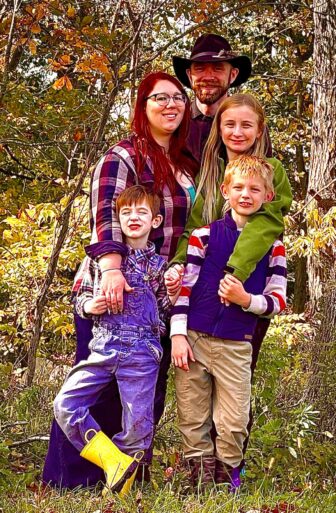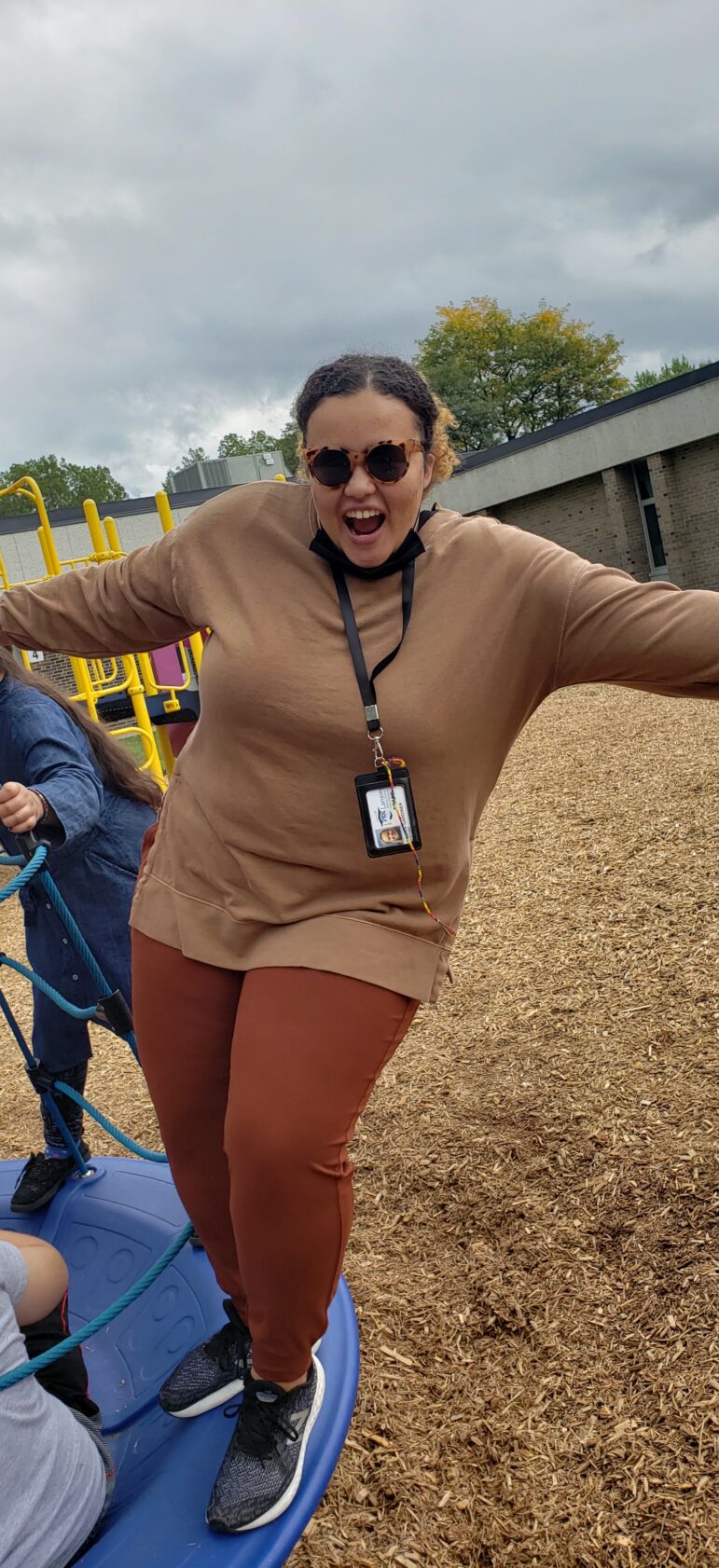Even though COVID-19 cases have been rising since the start of the school year, preschool teacher Michell Harmon said kids needed to come back to school in person this year.

“I know virtual learning is just not ideal for most kids, so I felt the importance to come back,” said Harmon, a preschool teacher and parent of two students at Wexford Montessori Academy in Lansing. “But I am very aware of the risks that come with it and very mindful of those every day in the classroom and with my kids as well.”
There were 505 new cases of COVID-19 from Oct. 19 to Oct. 26, according to the Ingham County Health Department, Wexford, a prekindergarten through fifth grade school in the Lansing School District, was the zip code with the second highest number of COVID-19 cases in Ingham County. The area had at least 2,421 cases and 43 deaths from COVID-19 since Jan. 1.
Jessica Gardiner, who teaches fourth and fifth grade students at Wexford Montessori Academy, agrees returning to school was the right strategy, despite the risks. The school’s students range from age 4 to 12. The age group from 0-19 years old accounts for 21% of the cumulative COVID-19 cases in Ingham County, according to the Ingham County Health Department.
“I knew there was a risk with the disease picking up, but ultimately I knew that it was good for students to be in person, to be with a teacher, to be in the school setting. I’ve seen several students blossom from last year,” Gardiner said. “They’ve socially shot right up, their engagement is better, their learning is better and they seem overall happy.”

According to McKinsey and Co., most studies have found that full-time online learning does not deliver the academic results of in-class instruction.
“Last year we were 100% virtual, which was a challenge in itself for many reasons,” Gardiner said. “So I’ve been happy being back in person with the students, but there’s also been struggles related to COVID safety and just having to do things a little bit differently.”
However, Harmon said there have been some challenges abiding by the new protocols.
“You really can’t have kids stay 6 feet apart and expect them to be able to learn effectively,” Harmon said, “because it just makes you feel dirty like, ‘Oh, they don’t want to be near me,’ and that’s not a way that you want any child to feel.”
In October last year, Gov. Gretchen Whitmer issued an executive order requiring local health departments to notify schools of a student’s probable or confirmed COVID-19 cases. Subsequently, the schools would notify the people who possibly came in contact with the affected student.
“I know that my kid’s schools at Wexford, they’re very vigilant,” Harmon said. “My son was out because we had an appointment, and I got an email within an hour saying, ‘What are his symptoms? … We need a negative result before he can return to school.’ I was very pleased to see that they were being that vigilant with it.”
Harmon said none of her kids or students have gotten the virus, but she does get emails about COVID-19 exposures.
Gardiner and Harmon said one challenge has been masks, but they both try to exemplify the rules.
“I really just try to model how we are supposed to be, Gardiner said. “I keep my mask on 100% and I’m really just trying to model safe practices and show that even though we have these challenging restrictions, we can still have a lot of fun and learn a lot.”
She said at recess outside students are able to remove their masks.
“So that has been a little bit freeing for them, but sometimes it’s hard to tell them (when) they’re having a real moment and I have to say, ‘Oh put your mask on,’ Gardiner said. “It can kind of be a little socially interruptive.”
Harmon said: “I just try to stick to, ‘This is what the rules are. This is what I’m told I have to do. So this is what we’re going to do,’ and that keeps all politics out of it.
“I understand it’s not comfortable, but I’ve just been trying to help them understand that that’s the only thing protecting your child,” Harmon said.
Both teachers said they know schools are using more bleach and hand sanitizer than before the pandemic.
“I think that we’re all just trying to do our best to make sure kids get whatever they need to try to catch up with falling behind from being home and trying to learn virtually for a year,” Harmon said. “That’s not easy for anyone.”